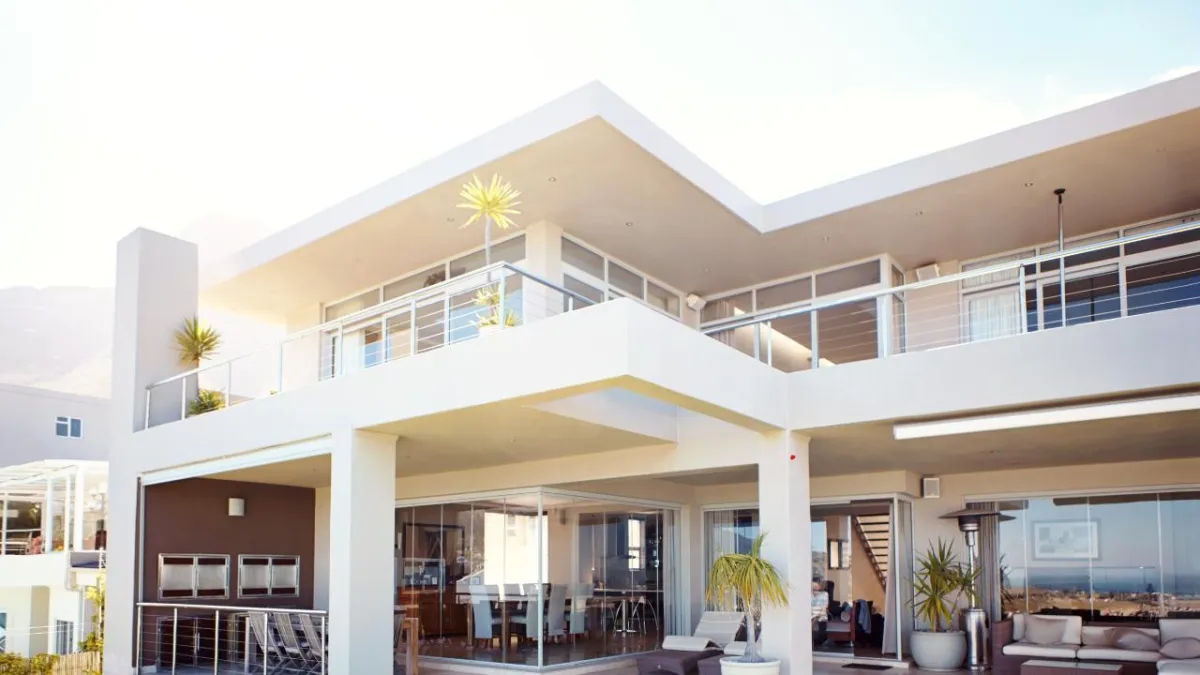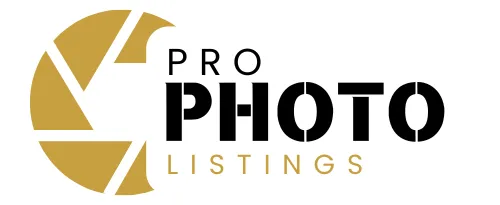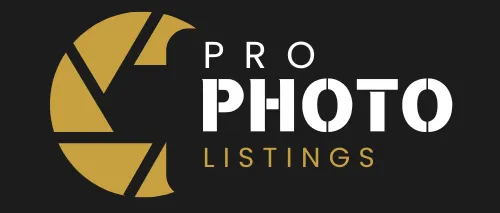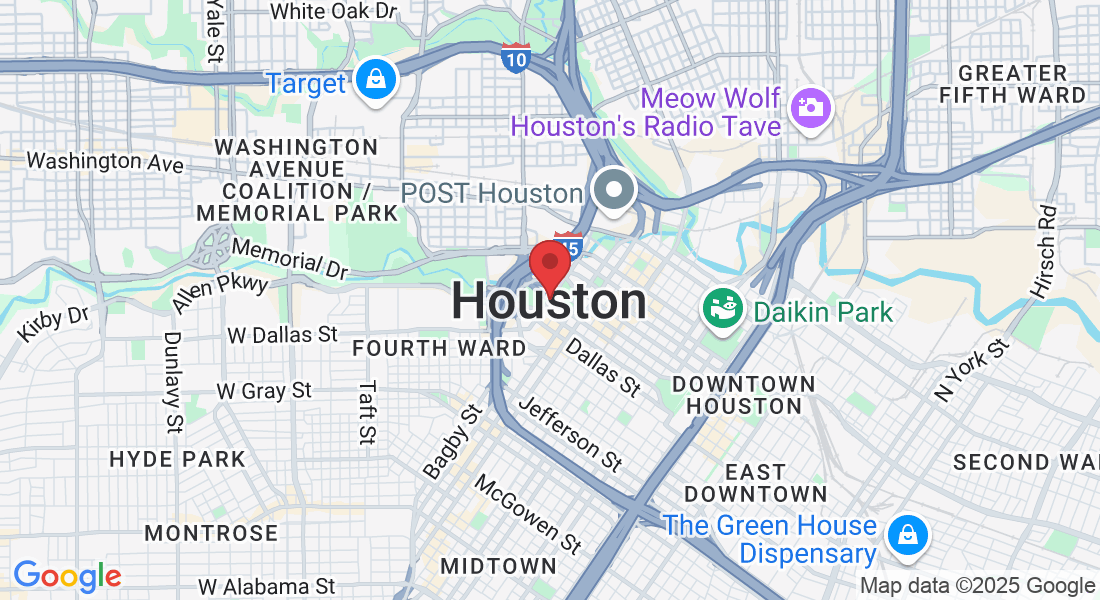
HDR vs. Flash: Which One Works Best for Property Photos?
When it comes to showcasing a home’s best features, lighting can make or break a real estate photo. You’ve likely heard the buzz around HDR photography and flash photography—but which technique truly delivers the most stunning, market-ready results?
In this article, we’ll break down the pros and cons of each method, helping you (and your photographer) make the smartest choice for your next property shoot.
What Is HDR in Real Estate Photography?
HDR stands for High Dynamic Range. This technique involves capturing multiple photos of the same scene at different exposure levels and blending them together into one image. The goal? To highlight both the brightest and darkest parts of the room without losing detail.
Pros of HDR:
Balances interior and exterior lighting. It’s especially helpful when there’s a big difference between indoor light and sunlight streaming through windows.
Captures more detail. Textures on surfaces and subtle color differences are often enhanced.
No bulky lighting gear needed. This makes HDR great for tight spaces or homes with limited setup time.
Cons of HDR:
Can look unnatural if overdone. If the blending isn’t handled carefully, images can appear “too processed” or overly saturated.
More post-processing time. HDR requires editing multiple exposures, which may slow down turnaround time.
What About Flash Photography?
Flash photography uses artificial lighting to evenly light a space. Skilled real estate photographers often use off-camera flash setups to highlight rooms in a way that looks both clean and natural.
Pros of Flash:
True-to-life color and lighting. Flash gives you accurate color representation and eliminates strange hues caused by mixed lighting.
Sharper images with minimal noise. Because photographers don’t have to rely on long exposures, images tend to be crisper.
Professional polish. When done right, flash creates magazine-worthy images with rich contrast and clean highlights.
Cons of Flash:
Takes more time on-site. Setting up and adjusting lights can be time-consuming.
Needs experience. Poorly used flash can cause harsh shadows or flat-looking photos.
Which One Is Best for Your Listing?
It depends on the property, timeline, and the look you’re going for. HDR is excellent for speed and natural lighting in homes with large windows or outdoor views. Flash, on the other hand, excels in low-light spaces and gives a high-end, consistent feel across the listing.
Some of the top real estate photographers in Houston actually use a hybrid approach. They shoot with both HDR and flash to get the best of both worlds—capturing the scene’s natural warmth while adding flash where needed to clean up shadows and balance lighting.
Case Study: A Tale of Two Kitchens
A local realtor recently worked with Pro Photo Listings to photograph two similar kitchens—one shot using HDR only, the other with flash lighting.
The HDR kitchen looked bright and airy, especially where sunlight poured through the windows. However, some cabinet tones looked washed out, and the stainless steel appliances picked up bluish hues from the window light.
The flash-lit kitchen, on the other hand, had clean whites, accurate colors, and a professional finish. Even the shadows under the cabinets looked smooth and purposeful. The listing with the flash-lit kitchen received 22% more clicks in its first week.
Final Thoughts
So, which is better—HDR or flash? The honest answer: the best real estate photography uses both techniques, depending on the space and the intended impact. When you hire professionals offering real estate photography services, make sure they understand how to balance lighting for maximum appeal.
Whether you’re listing a cozy condo or a luxury estate, well-lit photos can mean the difference between a quick sale and a stale listing. Trust a pro who knows how to light your property right.
Need flawless photos that make buyers fall in love at first scroll? Contact Pro Photo Listings today and see how expert lighting transforms your real estate marketing.


